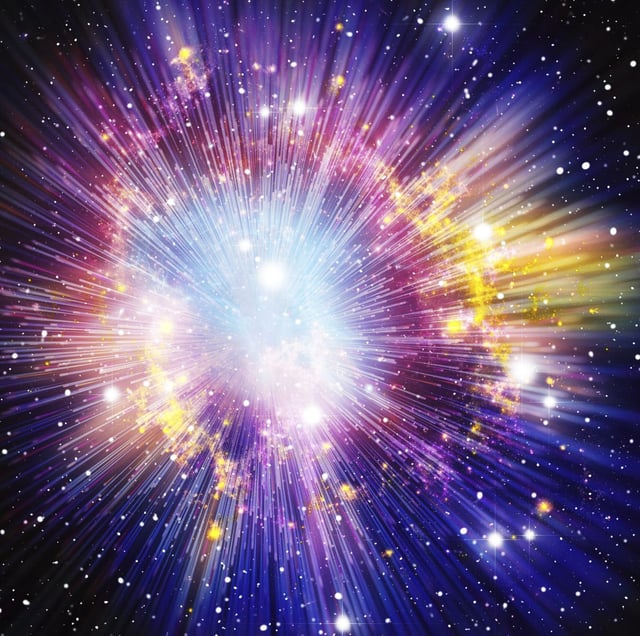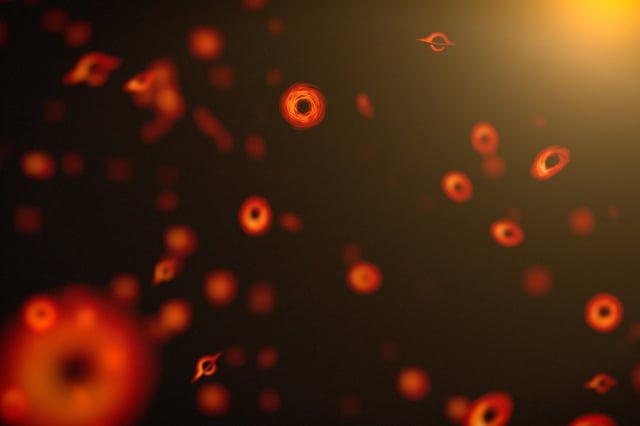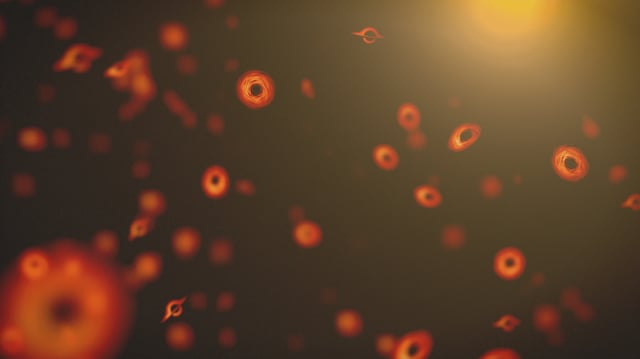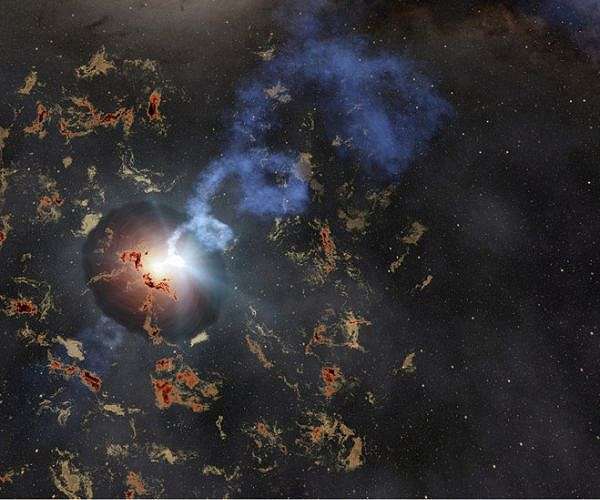Overview
- The Physical Review Letters study proposes a dark‑QED toy model with a heavy “dark electron” and a small dark electric charge that can temporarily stabilize primordial black holes.
- Under the model’s assumptions, the expected observable explosion rate shifts from roughly once per 100,000 years to about once per 10 years.
- Authors stress the figure is a probability rather than a prediction, noting the result is model‑dependent and has not been confirmed observationally.
- Researchers say current gamma‑ray telescopes and particle‑shower detectors could capture a signal if teams prepare targeted searches and analysis pipelines.
- A confirmed event would offer the first direct evidence of both Hawking radiation and primordial black holes and could reveal a comprehensive inventory of fundamental particles, though distinguishing tiny PBHs from background sources remains challenging.



